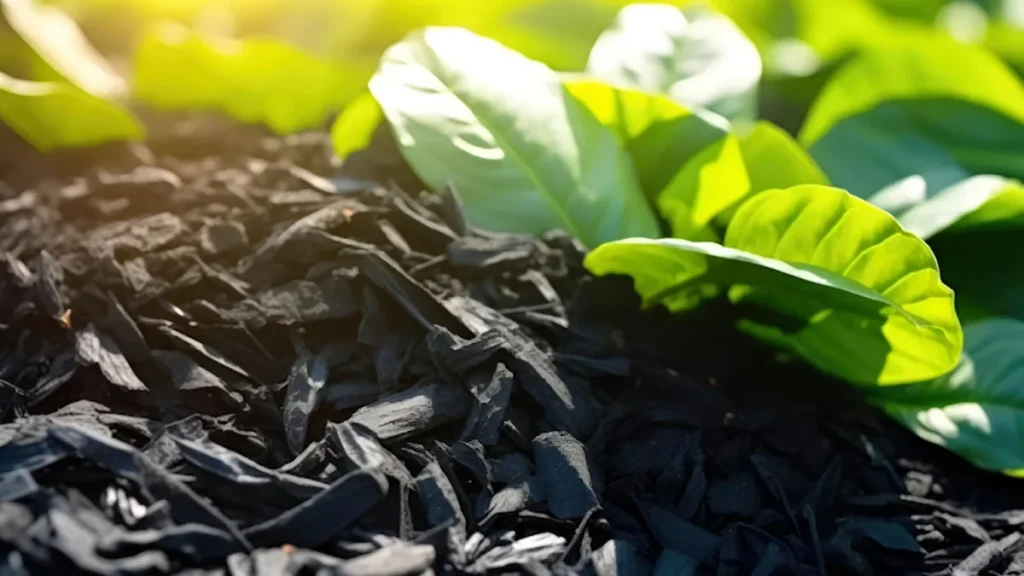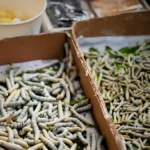Biochar, a type of charcoal made from the pyrolysis of organic waste, has been used for generations to improve soil quality and plant growth. The purpose of this book is to provide gardeners with the information and abilities they need to maximize the advantages of making their biochar. By creating biochar at home, you can recycle organic waste into a valuable resource that enhances soil health and contributes to more sustainable gardening or farming practices.
Here’s a simple method on how to make biochar at home:
List of materials
- Biomass (such as sawdust, wood chips, crop leftovers, or other plant waste)
- Metal drum or barrel, or any other type of lidded container made of metal
- Drill
- Pot made of metal or ceramic with a snug-fitting lid
- A plate made of metal or ceramic
- Source of fire (such as an outdoor stove or bonfire)
- Tongs or a shovel
- Source of water (for precautions)
How to make biochar at home: the process
- Drill a few tiny holes in the bottom of any metal drum or barrel you plan to use so that air may circulate throughout the pyrolysis process.
- Add the organic material to the metal container. Loosely packing the material is crucial to ensure adequate air circulation.
- To guarantee that very little oxygen can enter the container throughout the heating process. Then, cover it with a lid that fits tightly.
- Create a vent hole in the lid to release gases, which helps regulate the container’s internal temperature.

- The container should be placed outside in a secure area apart from combustible objects. To provide airflow underneath, raise the container a little with bricks or stones.
- Sort of light a fire under the container. Inside, the biomass will pyrolyze and warm up. To keep the fire from dying out or becoming too hot, monitor the operation. Maintaining a steady, smoldering burn as opposed to a raging fire is the aim.
- Carefully open the container after a few hours (usually 4–8 hours), when the smoke and flames have subsided and the container has cooled. It should contain biochar.
- Allow it to cool before handling it and store it in an airtight, dry container for future use.
Conclusion:
Garden trash may be converted into a useful resource for plant development and soil health by making biochar. Try a variety of biomass sources and application techniques to find the most effective approach to include this black gold in your gardening practice. Making it at home is an effective way to transform organic waste into a beneficial soil amendment. This simple, eco-friendly practice not only enhances your soil’s quality but also helps reduce waste, making it a valuable addition to any sustainable living efforts. So, Elevate your garden game with our Homemade Biochar! Nourish your plants naturally and watch them thrive.
A Frequently Asked Questions:
Q1: What is biochar?
A1: It is a form of charcoal made from organic materials via a process called pyrolysis, which involves high temperatures in the absence of oxygen. It is applied to boost plant growth, increase soil fertility, and sequester carbon.
Q2: How does biochar benefits soil fertility?
A2: Biochar enhances soil fertility by increasing nutrient retention, stimulating microbial activity, and providing carbon, while retaining water and reducing nutrient leaching, promoting plant growth.
Q3: Is biochar fertilizer suitable for all types of soil?
A3: Biochar fertilizer is suitable for various soil types, improving structure in sandy soils and increasing water retention in clayey soils.



